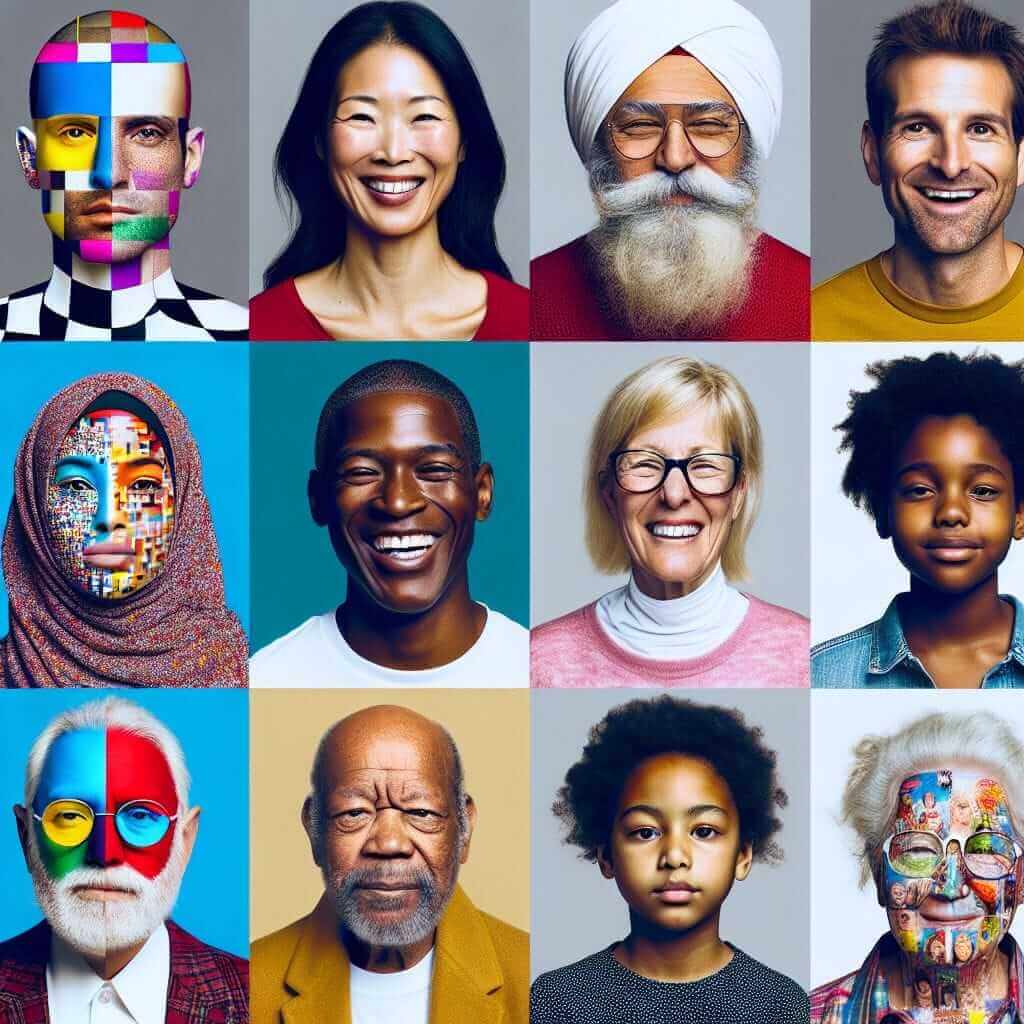The IELTS Reading section tests your ability to understand and interpret texts from a range of sources. This section includes 3 passages with a total of 40 questions, to be completed within 60 minutes. The topic “How does social media influence body image and self-esteem?” has become increasingly prevalent, reflecting social trends and concerns about mental health. Understanding this topic not only helps in IELTS preparation but also offers insights into an issue that could appear in future exams.
Reading Passage
The Influence of Social Media on Body Image and Self-Esteem
In recent years, social media platforms such as Instagram, Facebook, TikTok, and Snapchat have become integral parts of daily life for many individuals, especially among younger generations. While these platforms provide connections, entertainment, and information, they also contribute significantly to shaping perceptions of body image and self-esteem.
Body Image
Body image refers to the way individuals perceive their physical appearance and how they believe others view them. Social media often magnifies societal standards of beauty, showcasing idealized images that can influence users’ perceptions of their bodies. A plethora of research highlights the detrimental effects of social media on body image. Constant exposure to edited, filtered, and often unrealistic images can lead to body dissatisfaction, paving the way for eating disorders, depression, and anxiety.

Studies reveal that individuals who spend more time on image-focused social media platforms report higher levels of body dissatisfaction. This is particularly prevalent among young women and teens, who are more likely to compare themselves to the seemingly perfect images they see online. However, this phenomenon is not exclusive to women; men, too, are affected by the pressure to conform to societal ideals of muscularity and lean physiques.
Self-Esteem
Self-esteem, the overall sense of self-worth or personal value, is another critical aspect influenced by social media. The concept of “likes,” comments, and followers plays a significant role in how individuals assess their self-worth. When users post photos and updates, they often gauge their value based on the number of reactions they receive. This validation-seeking behavior can cause a cycle of dependency, where self-esteem becomes closely tied to social media feedback.
Research shows that the negative impacts of social media on self-esteem are profound. Poor self-esteem can arise when individuals compare their lives to the curated and often exaggerated portrayals of others. Moreover, online harassment and cyberbullying are rampant issues that can severely damage one’s self-esteem.
IELTS Reading Questions
Questions 1-7: True/False/Not Given
Do the following statements agree with the information given in the text? For each question, write:
- True if the statement agrees with the information.
- False if the statement contradicts the information.
- Not Given if there is no information on this.
- Social media platforms only provide connections and entertainment.
- Exposure to unrealistic images on social media can lead to depression.
- Men are not affected by societal ideals of physical appearances on social media.
- Self-esteem is solely based on social media feedback for many individuals.
- Cyberbullying can severely impact one’s self-esteem.
- Women spend more time on image-focused social media platforms than men.
- Validation-seeking behavior does not affect self-esteem.
Questions 8-13: Sentence Completion
Complete the sentences below with words taken from the text. Use NO MORE THAN TWO WORDS for each answer.
- Body image is influenced by societal ___ of beauty.
- Research shows that more social media use correlates with higher levels of ___.
- Men also feel pressure to conform to ideals of ___ and lean physiques.
- Self-esteem is an overall sense of ___ or personal value.
- Poor self-esteem can result from comparing one’s life to the ___ portrayals of others.
- Online ___ is a significant issue affecting self-esteem.
Answer Keys
True/False/Not Given
- False
- True
- False
- False
- True
- Not Given
- False
Sentence Completion
- standards
- body dissatisfaction
- muscularity
- self-worth
- curated
- harassment
Common Mistakes
- Misreading Keywords: Pay close attention to keywords and phrases that can alter the meaning of statements (e.g., “only,” “solely,” “not”).
- Overgeneralization: Avoid making assumptions that extend beyond the information provided in the text.
- Matching Sentence Structures: Sometimes students fail to recognize that the answers should make grammatically correct sentences.
Vocabulary
- Dissatisfaction (n.): /ˌdɪs.sæt.ɪsˈfæk.ʃən/: The feeling of not being pleased or happy.
- Curated (adj.): /ˈkjʊər.eɪtɪd/: Carefully chosen and organized.
- Muscularity (n.): /ˌmʌs.kjʊˈlær.ə.ti/: The quality of having well-developed muscles.
- Self-worth (n.): /ˌselfˈwɜːθ/: The sense of one’s own value as a human being.
- Harassment (n.): /həˈræs.mənt/: Aggressive pressure or intimidation.
Grammar Points
- Passive Voice: Used when the focus is on the action, not who or what is performing the action.
- Structure: Subject + form of “to be” + past participle (e.g., “Social media platforms are used by millions.”
- Relative Clauses: Provide additional information about something without starting a new sentence.
- Structure: Relative pronoun (who, whom, whose, which, that) + subject + verb (e.g., “Research that highlights the impacts.”)